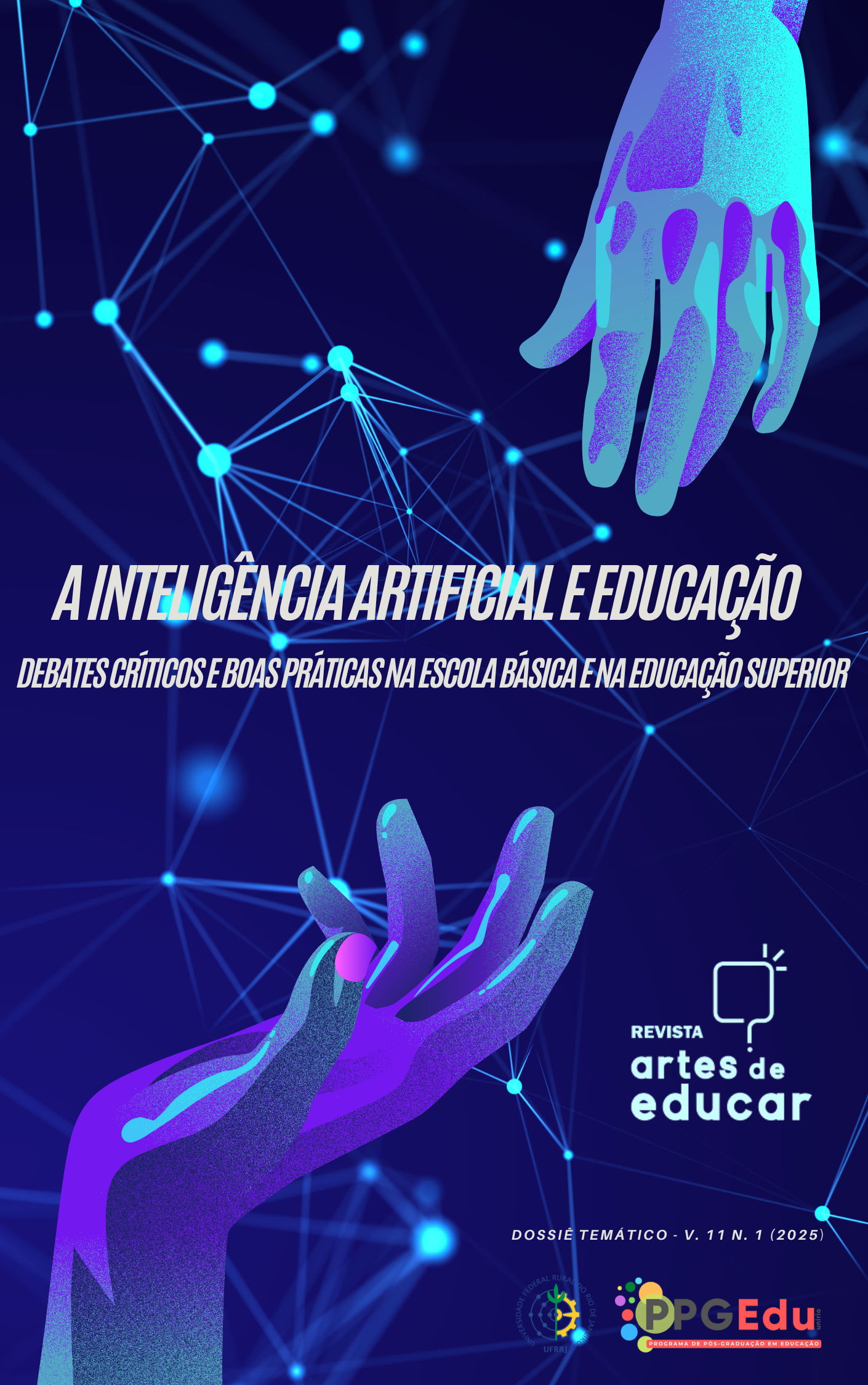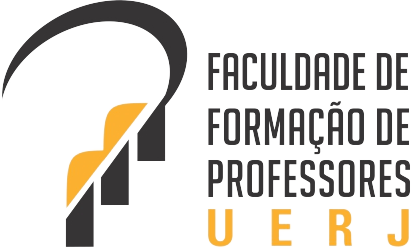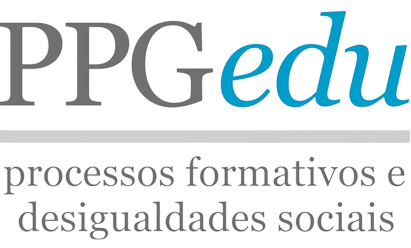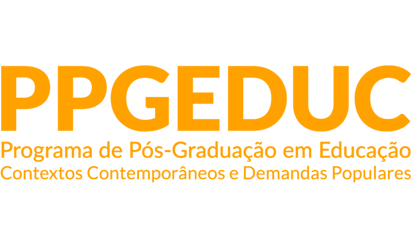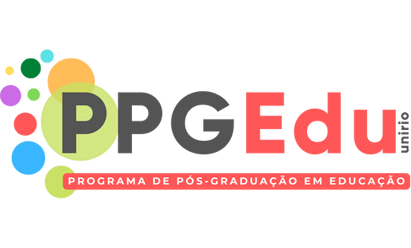A INTELIGÊNCIA ARTIFICIAL NÃO É INTELIGENTE NEM ARTIFICIAL: A CRÍTICA DE NICOLELIS E A ALFABETIZAÇÃO CIENTÍFICA E TECNOLÓGICA PARA DESVELAR A NATUREZA DESSA TECNOLOGIA
DOI:
https://doi.org/10.12957/riae.2024.86194Resumo
Este ensaio explora as reflexões do neurocientista Miguel Nicolelis sobre a inteligência artificial (IA), aprofundando sua crítica à concepção tradicional dessa tecnologia. De abordagem qualitativa e análise bibliográfica, o estudo investiga a natureza da IA, discutindo aspectos sobre sua nomenclatura e desmistificando alguns de seus mitos. Discutimos também a alfabetização científica e tecnológica (ACT) como meio para desvelar a natureza da IA. Conclui-se que a crítica de Nicolelis a essa tecnologia se deve ao fato de que a IA não possui verdadeira inteligência, visto que esta é uma propriedade dos organismos. Tampouco pode ser considerada completamente artificial, dada sua dependência da criatividade e do intelecto humano. Reconhecemos, ainda, a importância de entender as limitações da IA para evitar expectativas irrealistas, como a ideia de autonomia e possibilidade de superar os humanos em todas as suas capacidades. Isso pode ser alcançado por meio da ACT, que pode capacitar os cidadãos e cidadãs a compreenderem a verdadeira natureza da IA e suas limitações, não se deixando seduzir pelos discursos ilusórios e excessivamente otimistas acerca dessa tecnologia.
Downloads
Publicado
Como Citar
Edição
Seção
Licença
Copyright (c) 2025 Roni França Silva, Rosenilde Nogueira Paniago

Este trabalho está licenciado sob uma licença Creative Commons Attribution-NonCommercial 4.0 International License.
Os autores mantêm os direitos autorais dos seus trabalhos, têm permissão para publicar e distribuir seu trabalho online (ex.: em repositórios institucionais ou na sua página pessoal) a qualquer ponto antes ou durante o processo editorial, já que isso pode gerar alterações produtivas, bem como aumentar o impacto e a citação do trabalho publicado.
A aceitação do texto implica na autorização e exclusividade da Revista Interinstitucional Artes de Educar acerca do direito de primeira publicação, os trabalhos publicados estão simultaneamente licenciados com uma licença Creative Commons Atribuição-Não Comercial 4.0 Internacional 

